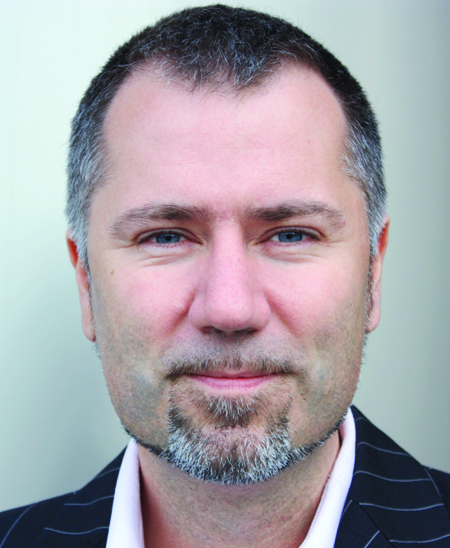The MENA TV advertising industry has just come through a very tough year. It’s tempting to think things can’t get much worse, but if we look at global trends, traditional TV advertising has far tougher times ahead. In January 2016, NYU Stern Professor Scott Galloway asserted: The advertising industrial complex is about to come to […]
 The MENA TV advertising industry has just come through a very tough year. It’s tempting to think things can’t get much worse, but if we look at global trends, traditional TV advertising has far tougher times ahead.
The MENA TV advertising industry has just come through a very tough year. It’s tempting to think things can’t get much worse, but if we look at global trends, traditional TV advertising has far tougher times ahead.
In January 2016, NYU Stern Professor Scott Galloway asserted: The advertising industrial complex is about to come to an end, and the downstream service providers are about to take their turn at the woodshed.
He highlighted that Facebook and Google now control more than 50% of global mobile advertising, with revenues growing at 40% and 12%, respectively. By contrast, TV ad revenue is either flat or in decline, because it is getting easier to avoid TV advertising is becoming a tax that only poor people pay. In such a hostile environment, audience measurement matters more than ever. It is widely believed in the MENA industry that TV advertising spend is less than half of what it could be if people meters were successfully implemented in core markets.
People metering is the real-time monitoring of TV viewership in the home, as opposed to telephone surveys (CATI) or viewer diaries. The system dates back to the 1980s in Europe, and by the mid-2000s had become the established currency for TV advertising across the Americas, Central Europe and the Far East. New projects generally need at least two years of audits to reach currency status in a receptive environment. The UAEs people meters project has faced resistance from industry incumbents since its launch in October 2012, but in November 2014, its auditors CESP stated that tView should achieve the standards necessary for currency status by September 2015. We await the results of the upcoming 2016 audit.
Since people meters are still not widely accepted as the ratings currency for UAE TV ad spend, I want to address some of the common concerns surrounding them.
Firstly, it is often commented that people meters findings are inconsistent with existing measures.
Im not familiar with the audit provisions in place for other systems, but tView is an independently audited system and publishes its audit results.
Another common misconception is that IPTV data from du or Etisalat could itself be used as a currency, so who needs people meters? IPTV systems do not measure individual viewers they measure boxes. Audience size and demographic information, both essential for advertisers, therefore cannot be collected minute by minute. Also, the customer base of an IPTV network is not demographically representative of the country. A people meters panel is selected and audited statistically to mirror the population as a whole.
The most common objection is that the UAE TV advertising market is not significant enough to warrant its own advertising currency. According to Deloitte, the UAE domestic advertising market is only $25m pa, and most ad spend is devoted to the pan-Arab market (about $1.5bn), which is driven by Saudi viewership. However, if we compare the UAE advertising market with similar-sized international markets, it becomes evident that it is grossly undervalued by advertisers. It is estimated to be worth between $800m and $1.2bn.
The UAEs people meters project is a beacon, providing a vital benchmark for the region. While they dont shout about it, MENA ad agencies are already widely using tView. Other MENA people meters projects also learn directly from the project and rely on its successes. Conversely, if people meters cant succeed in a technologically advanced economy like the UAE, they will likely founder elsewhere too.
On the face of it, this might suit the incumbent monopolies, but as I mentioned at the start, the television ad industry is facing an existential threat. Without transparent measurement tools, advertisers have every reason to shun television in favour of new media that are less vulnerable to allegations of nepotism or bias.















































































